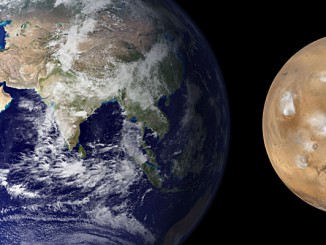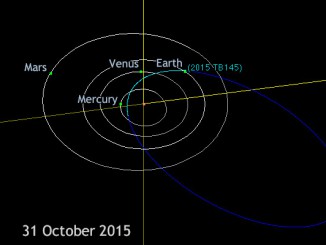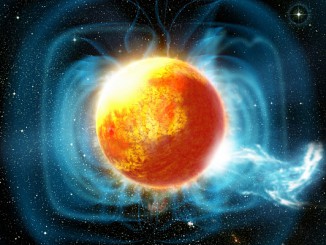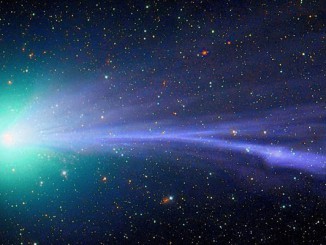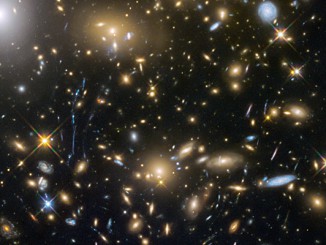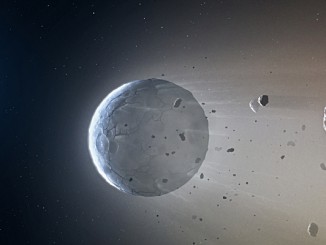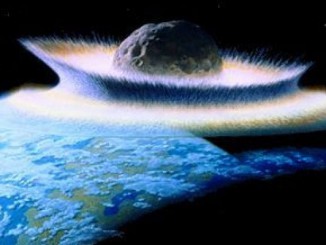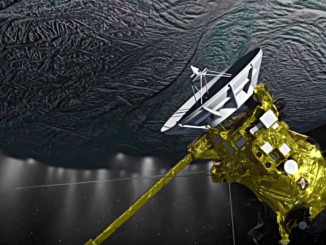
Cassini ready to dive deep into Saturn moon’s erupting water plume
On Wednesday, 28 October 2015, NASA’s Cassini spacecraft will take the deepest dive ever through the plume of ice, water vapour and organic molecules spraying from the south polar region of Saturn’s moon Enceladus. Scientists hope this close flyby will shed light on what’s happening beneath the moon’s icy surface. With a global ocean and likely hydrothermal activity, could Enceladus have the ingredients needed to support simple forms of life?

